|
A common stumbling block for editorial business owners is making time for marketing. Here’s why we must make time, and some resources to help you organize your business-promotion schedule.
|
|
Under normal circumstances he would never put his hands on a lady. However, these were not normal circumstances. Not by a long shot.
Ronnie struck the manager just above her right eye with the butt of the .38. A divot the width of a popsicle stick appeared above her eye. Blood spewed from the wound like water from a broken faucet. |
The filter words have gone, and with them the unintended pathological introspection, but the momentum is restored. We're in the moment with Ronnie as he lashes out. It's no less violent but the pace of the prose now mirrors the action authentically.
When filter words make space for reflection
Let’s take a look at another example from Cosby’s Razorblade Tears, this one also from Chapter 2.
The filter phrase is ‘looked at’, and it’s important. Ike is looking hard at what’s in front of him. As will be revealed later, this girl is his murdered son’s daughter. Ike recalls something he’d said to his son a few months earlier: ‘But that little girl, she gonna have it hard enough already. She's half Black. Her mama was somebody you paid to carry her, and she got two gay daddies. So now what?’
Ike and his wife will now be raising the little girl. Cosby wants to focus our attention inward for a moment on Ike’s reflection, and the filter word makes space for that.
While filter words can be effective when they’re used to create a sense of introspection, littering prose with them will be disruptive and pull the reader out of the viewpoint character's headspace. In other words, the psychic or narrative distance will be widened and we’ll feel disconnected from the immediacy of the character’s experience.
For that reason, always use filter words judiciously. In the above example, Cosby offers just a single nudge, and it’s enough.
Summing up
- When filter words front-load a sentence, they’re the first thing a reader notices.
- They destroy momentum and so are often best avoided in pacy action scenes, regardless of their position.
- And even if they do serve a purpose – focusing a reader’s attention inwards on how the viewpoint character acquires the experience they’re reporting (by looking, thinking, feeling etc.) – it's worth keeping their use to a bare minimum. One nudge will likely be enough.
Further reading
- For editors: Fiction editing learning centre
- For authors: Line craft learning centre
- Becoming a Fiction Editor (free booklet for editors)
- Blacktop Wasteland, Cosby, S.A., Headline, 2020
- Editing Fiction at Sentence Level (book for editors and authors)
- Filter words in fiction: Purposeful inclusion and dramatic restriction (blog post)
- Making Sense of ‘Show, Don’t Tell’ (book for editors and authors)
- Narrative Distance: A Toolbox for Writers and Editors (course)
- Razorblade Tears, Cosby, S.A., Headline, 2021
- Switching to Fiction (course for editors)
She is an Advanced Professional Member of the Chartered Institute of Editing and Proofreading (CIEP), a member of ACES, a Partner Member of The Alliance of Independent Authors (ALLi), and co-hosts The Editing Podcast.
- Get in touch: Louise Harnby | Fiction Editor & Proofreader
- Connect: Twitter at @LouiseHarnby, Facebook and LinkedIn
- Learn: Books and courses
- Discover: Resources for authors and editors
1. Understand the different types of editing
The first draft of a book is unlikely to be ready for proofreading. Instead, focus on structure first – so how the story hangs together as a whole.
Next comes stylistic line work that focuses on the flow and rhythm of prose.
Copyediting comes after that. This is the more technical side of the work that looks at consistency and clarity.
Only then is it time for the quality-control stage: proofreading.
Writers who want to know more can watch a video, listen to a podcast episode or download a booklet.
2. Top tools and methods for writers on a budget
- community
- content
- craft books
- courses
- conscious language
Community
Take a look at the Alliance of Independent Authors (ALLi) and the Society of Authors. They’re two fine examples of organizations who are dedicated to supporting writers at different stages of their journey.
Membership includes access to free and affordable paid-for events and resources. But they offer something else that’s incredibly valuable too – a network of like-minded people.
Trying to make your mark in the publishing world can feel overwhelming, so being able to get advice and inspiration from others on the same journey is priceless.
Content
There’s a ton of useful – and free – guidance about the craft of writing online, so it’s worth budget-sensitive writers spending time digging around in the search engines. However, those interested in sentence-level guidance can visit my resource library as a first port of call.
I also recommend The Creative Penn, a superb knowledge bank through which Joanna Penn guides aspiring authors on how to write, how to get their books published and how to make their work visible. I love Joanna’s genuine and approachable teaching style, and how she makes self-publishing accessible to everyone.
Craft books
Books are the most affordable way I know of accessing high-quality guidance. There are lots – too many to mention here – but I recommend fiction writers start with The Magic of Fiction by Beth Hill because it pays attention to structure and helps writers create a great first draft.
My own Editing Fiction at Sentence Level focuses on line craft that helps writers refine the flow, rhythm, mood, voice and style of their prose.
And Joanna Penn’s How to Write Non-Fiction takes authors step by step through the whole book-creation process – from mindset to marketing and everything else in between.
Courses
Love learning at your own pace? Online courses are an affordable and convenient way to study in a multimedia environment.
There are lots to choose from. For starters, take a look at Joanna Penn’s business-focused author courses, and for craft-based tuition for fiction, try Narrative Distance: A Toolbox for Writers and Editors and Preparing Your Book for Submission, two courses from my own training stable.
The National Writing Centre also offers online training that aims to build authors’ confidence. Some of their courses are even free. The NWC also partners with the University of East Anglia to provide more in-depth premium creative-writing courses that come with tutor support.
Conscious language
Anyone who’s aware of the events surrounding Kate Clanchy’s Some Kids I Taught and What They Taught Me will understand the importance of reviewing their work through the lens of representation.
I’m not for a minute suggesting that a work of fiction or non-fiction has to follow a set of prescribed ‘rules’ about what can or can’t be written, but rather that writing means applying the same mindfulness to the words we put on a page as those that come out of our mouths.
When we write, we’re building a relationship with our readers, even though we don’t know who most of them are. And so consciously considering whether our words are helping or harming is just good human practice – one that means our books function as we intend them to, whether that’s to teach or to entertain.
For authors who want a little more guidance on this, I have a free booklet on inclusive and respectful writing. It doesn’t prescribe, just helps writers make informed decisions.
3. Manage your first draft appropriately
Once that’s done, put the book away – just let it sit for a while – then revisit it and decide what’s working and what isn’t, what needs refining, amplifying or deleting.
Perhaps follow Sophie Hannah and Jeffery Deaver’s lead and create detailed outlines that help keep you on track even at first-draft stage. You can read more about Hannah’s method in ‘Why and how I plan my novels’.
If you do decide to work with an editor, invest time in finding someone who’s a great fit for you: someone who gets you and is engaged with what you’re doing with your writing.
That person should also be offering the right level of editing (see 1. Understand the different types of editing).
And tell them if you’re nervous about being edited; it’s perfectly normal to feel that way. Just bear in mind that they’re on your side and are working for you, for your book and for your reader!
4. Understand the difference between style, convention and peevery
Do I have preferences? I do – everyone does – but that’s all they are and they have no business in the work that editors do for their clients. Our job is to focus on a client’s goals, the world of their story, and the readers who’ll come along for the journey.
There are stylistic and grammatical conventions in writing, and a professional editor should understand those and be mindful of them, but editing requires a malleable mindset that respects voice and rhythm as much as anything else.
It’s about sense and sensibility, not prescriptivism and pedantry.
Listen right here to this collection of episodes from The Editing Podcast on language, grammar and style:
5. Recognize the pros and cons of being your own publisher
The main disadvantage is … you get to control everything!
You’re the publisher as well as the writer, which means you decide which books to write and publish, what the cover will look like, which levels of editorial help to commission, which channels to distribute your book through, what the price will be, what formats the book will be available in, and how your promotion strategy will play out.
That’s a lot of work – work that costs you time and money. Publishers will do some of it for you. Still, that will come at a cost because you’ll be taking a royalty that’s likely lower than the return from selling direct.
Being your own publisher isn’t everyone’s wheelhouse, but for those who want to be in control, there’s never been a better time to wear that hat because of all the technical solutions available to authors.
Any writer can use Amazon. It’s the biggest bookstore on the planet. But you might want to sell direct via your website, too, because that’s your very own shop window.
Platforms like Payhip and BookFunnel have made that possible, and it’s made it easy … not just for you but for your customers too.
And for authors who are not only writing but also teaching about writing, there are multiple platforms that support that too – LearnDash (Wordpress plugin), LearnWorlds and Teachable for example.
6. Take control of cramped and communal work spaces
I realize that everyone’s situation is different, but I hope at least one of the following tips will speak to anyone trying to carve out a dedicated work space.
- Agree boundaries in shared spaces: Decide which part is yours and which is theirs, and respect that.
- Create boundaries in multifunctional spaces: Some writers have to work in a bedroom, kitchen or living room. If there’s enough space, fence off a corner with a panelled room divider. These can be pricey so an alternative is to install a rail and fashion a curtain from an old duvet cover or sheet.
- Use mobile desks in cramped spaces: Mobile desks are readily available online and are priced competitively so that even writers on a smaller budget can house a monitor, keyboard, mouse and hard drive. Complement with a storage trolley for your books and stationery. Wheel the whole lot into another room when required!
Summing up
You’re not alone. There’s a ton of help available to help you … whatever your budget and whatever subject or genre you’re writing in. These 6 tips barely scratch the surface, but I hope they at least inspire you to take the next steps of your indie-author journey with confidence.
She is an Advanced Professional Member of the Chartered Institute of Editing and Proofreading (CIEP), a member of ACES, a Partner Member of The Alliance of Independent Authors (ALLi), and co-hosts The Editing Podcast.
- Get in touch: Louise Harnby | Fiction Editor & Proofreader
- Connect: Twitter at @LouiseHarnby, Facebook and LinkedIn
- Learn: Books and courses
- Discover: Resources for authors and editors
BLOG ALERTS
TESTIMONIALS
Dare Rogers
'Louise uses her expertise to hone a story until it's razor sharp, while still allowing the author’s voice to remain dominant.'
Jeff Carson
'I wholeheartedly recommend her services ... Just don’t hire her when I need her.'
J B Turner
'Sincere thanks for a beautiful and elegant piece of work. First class.'
Ayshe Gemedzhy
'What makes her stand out and shine is her ability to immerse herself in your story.'
Salt Publishing
'A million thanks – your mark-up is perfect, as always.'
CATEGORIES
All
Around The World
Audio Books
Author Chat
Author Interviews
Author Platform
Author Resources
Blogging
Book Marketing
Books
Branding
Business Tips
Choosing An Editor
Client Talk
Conscious Language
Core Editorial Skills
Crime Writing
Design And Layout
Dialogue
Editing
Editorial Tips
Editorial Tools
Editors On The Blog
Erotica
Fiction
Fiction Editing
Freelancing
Free Stuff
Getting Noticed
Getting Work
Grammar Links
Guest Writers
Indexing
Indie Authors
Lean Writing
Line Craft
Link Of The Week
Macro Chat
Marketing Tips
Money Talk
Mood And Rhythm
More Macros And Add Ins
Networking
Online Courses
PDF Markup
Podcasting
POV
Proofreading
Proofreading Marks
Publishing
Punctuation
Q&A With Louise
Resources
Roundups
Self Editing
Self Publishing Authors
Sentence Editing
Showing And Telling
Software
Stamps
Starting Out
Story Craft
The Editing Podcast
Training
Types Of Editing
Using Word
Website Tips
Work Choices
Working Onscreen
Working Smart
Writer Resources
Writing
Writing Tips
Writing Tools
ARCHIVES
July 2024
June 2024
May 2024
April 2024
March 2024
October 2023
August 2023
July 2023
June 2023
May 2023
April 2023
March 2023
January 2023
December 2022
November 2022
October 2022
September 2022
August 2022
July 2022
June 2022
May 2022
April 2022
March 2022
February 2022
January 2022
December 2021
November 2021
October 2021
September 2021
August 2021
July 2021
June 2021
May 2021
April 2021
March 2021
February 2021
January 2021
December 2020
November 2020
October 2020
September 2020
August 2020
July 2020
June 2020
May 2020
April 2020
March 2020
February 2020
January 2020
December 2019
November 2019
October 2019
September 2019
August 2019
July 2019
June 2019
May 2019
April 2019
March 2019
February 2019
January 2019
December 2018
November 2018
October 2018
September 2018
August 2018
July 2018
June 2018
May 2018
April 2018
March 2018
February 2018
January 2018
December 2017
November 2017
October 2017
September 2017
August 2017
July 2017
June 2017
May 2017
April 2017
March 2017
February 2017
January 2017
December 2016
November 2016
October 2016
September 2016
June 2016
May 2016
April 2016
March 2016
February 2016
January 2016
December 2015
November 2015
October 2015
September 2015
July 2015
June 2015
May 2015
March 2015
February 2015
January 2015
November 2014
October 2014
September 2014
August 2014
July 2014
June 2014
March 2014
January 2014
November 2013
October 2013
September 2013
August 2013
June 2013
February 2013
January 2013
November 2012
October 2012
September 2012
August 2012
July 2012
June 2012
May 2012
April 2012
March 2012
February 2012
January 2012
December 2011
|
|
|


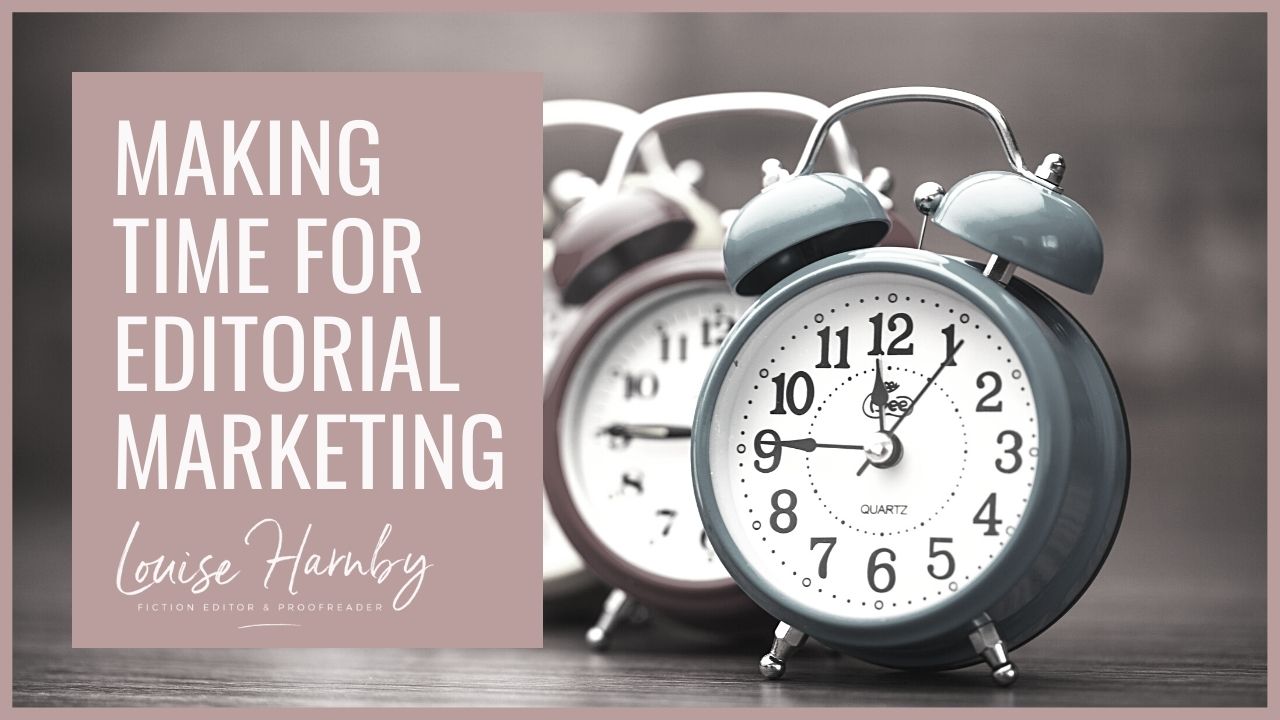
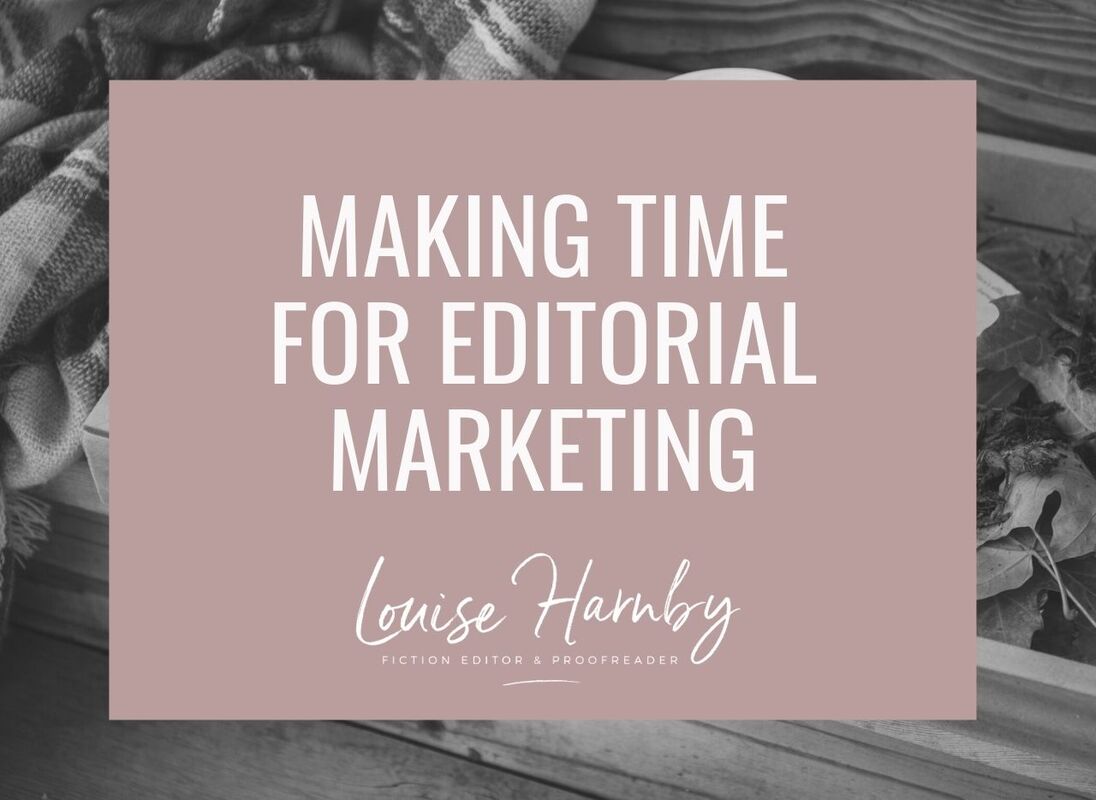
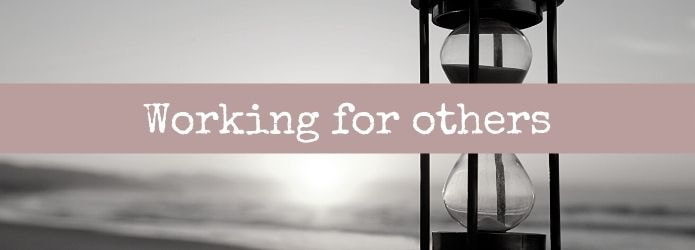


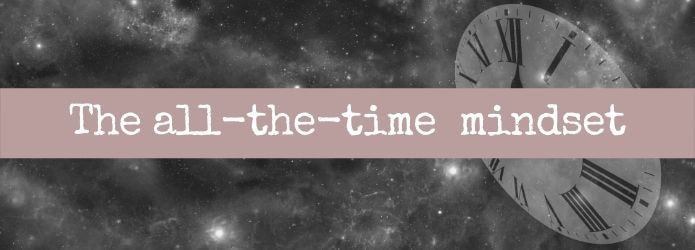
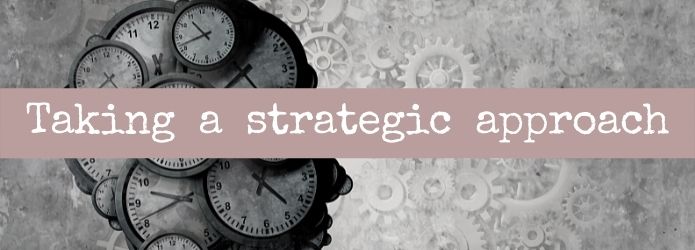
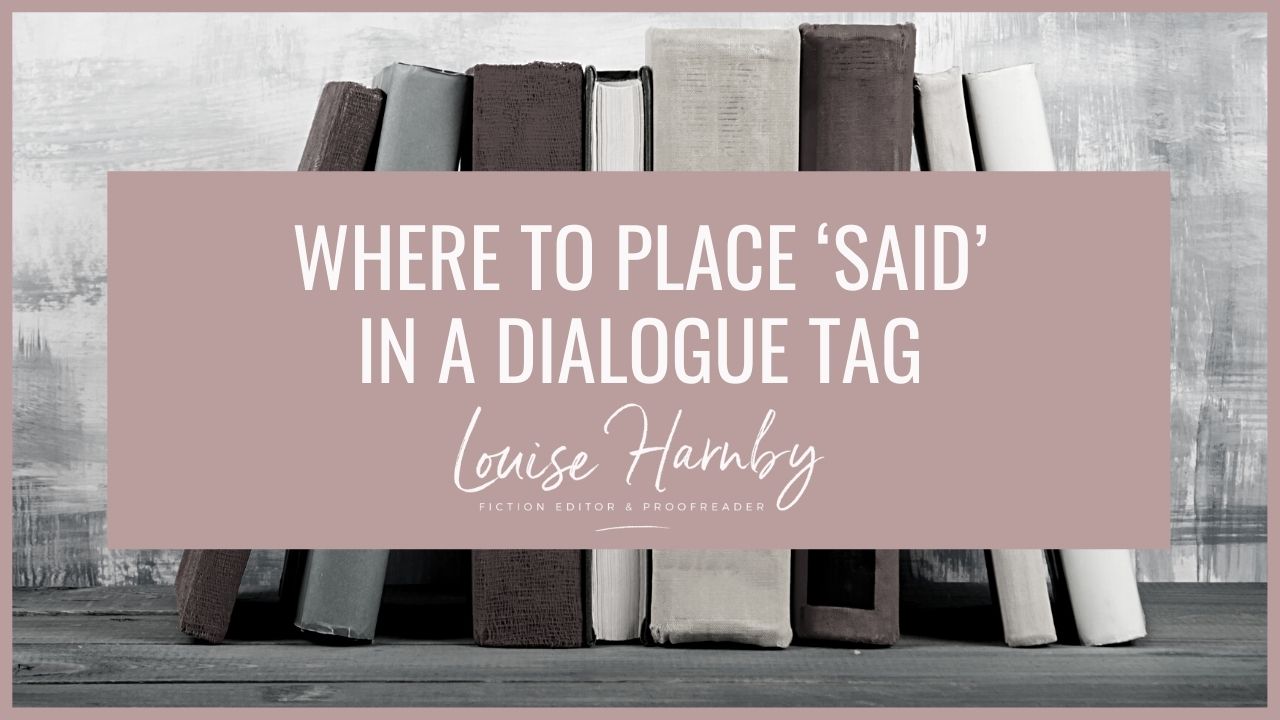
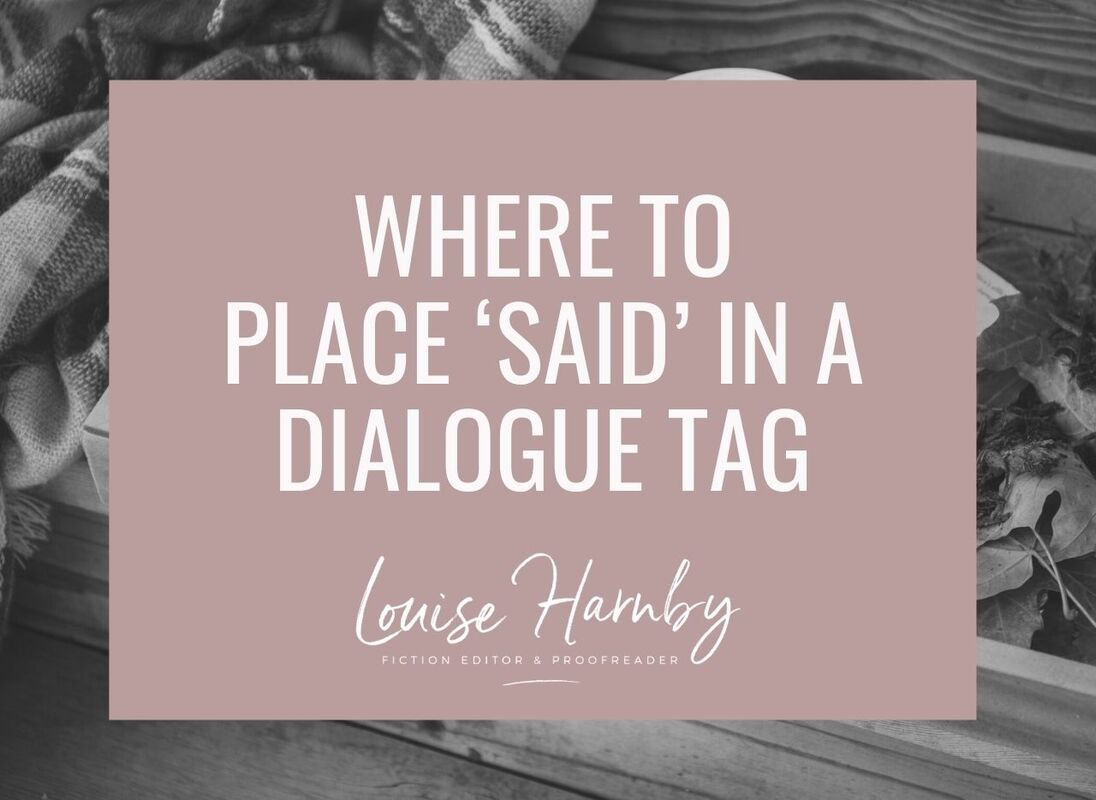
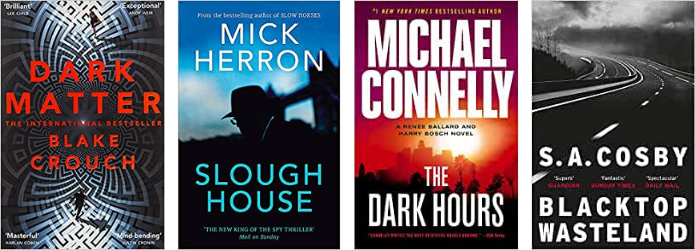
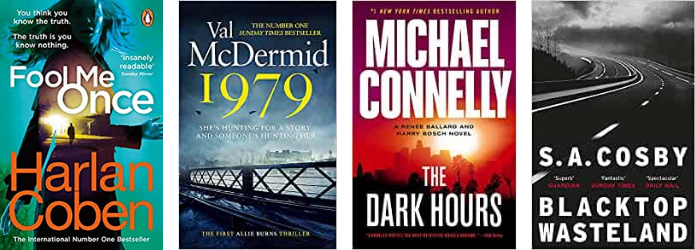
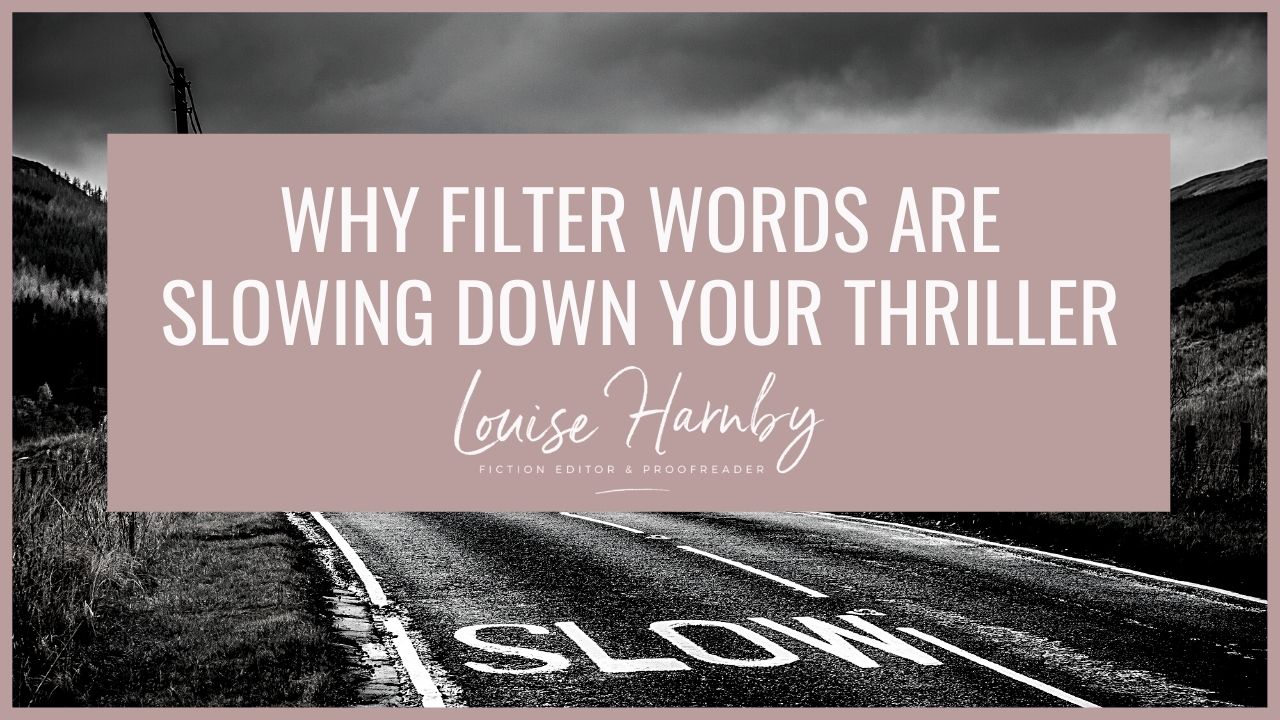
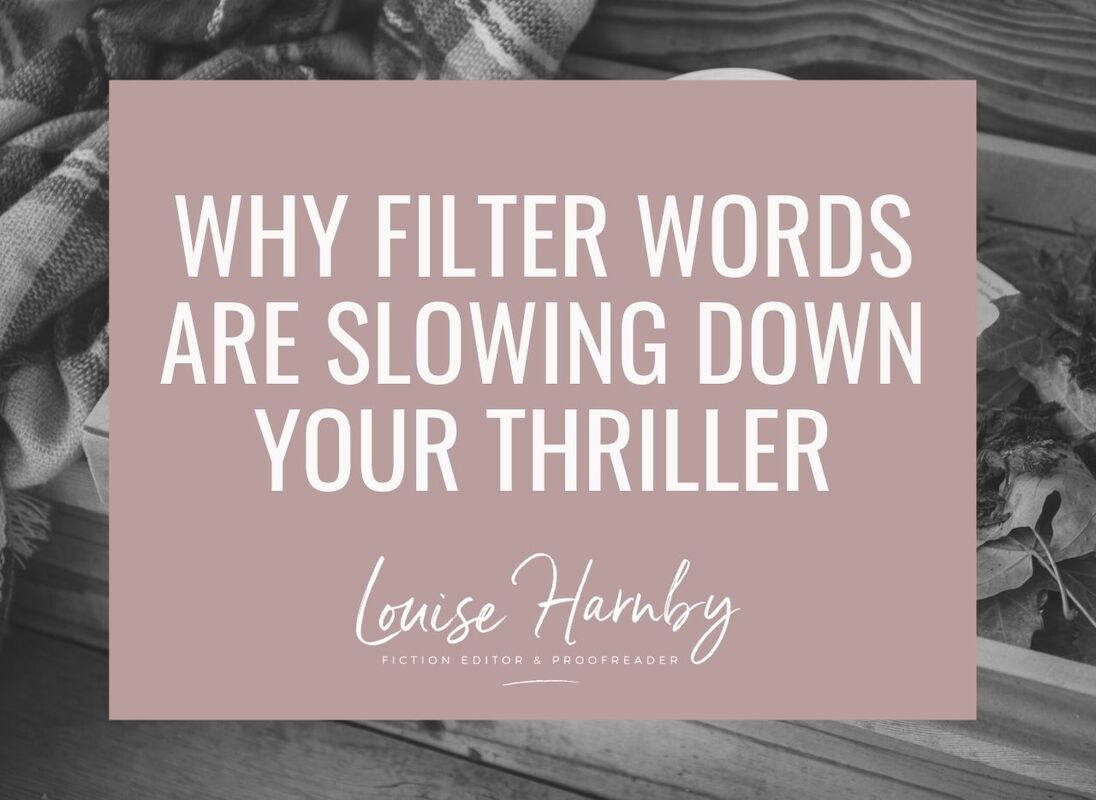
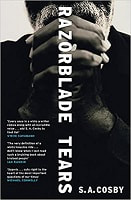
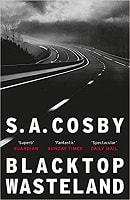
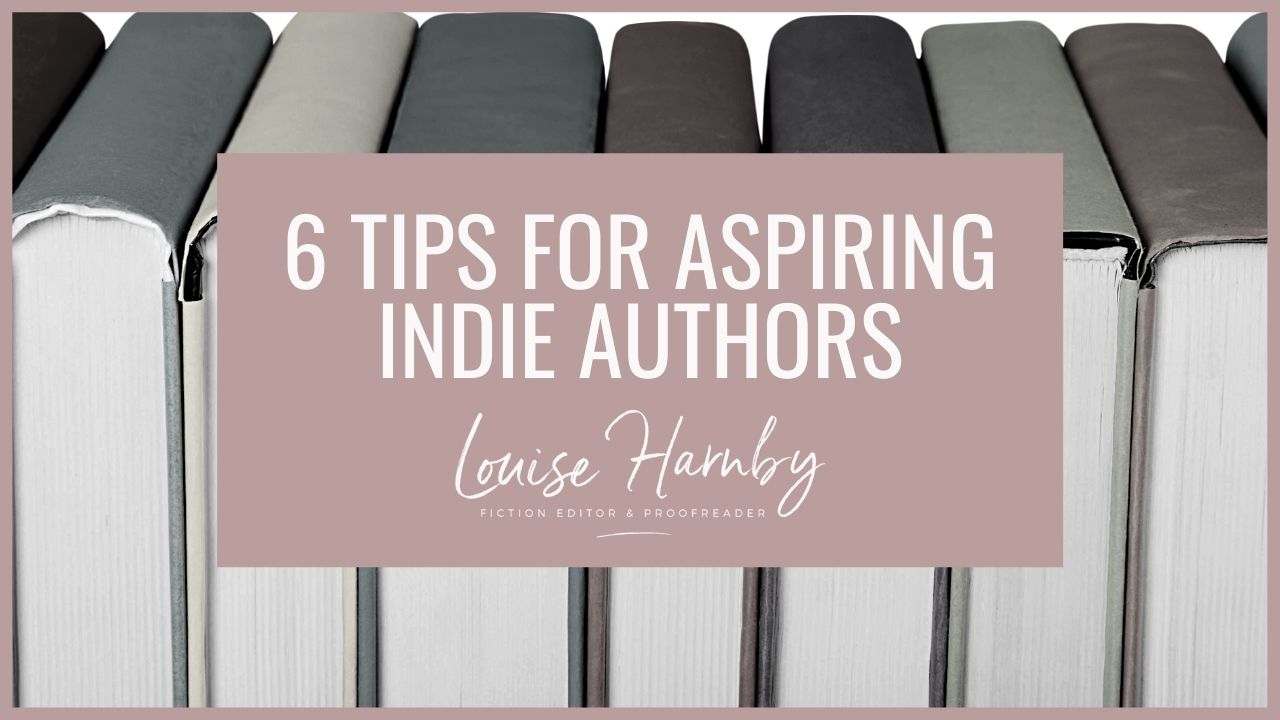
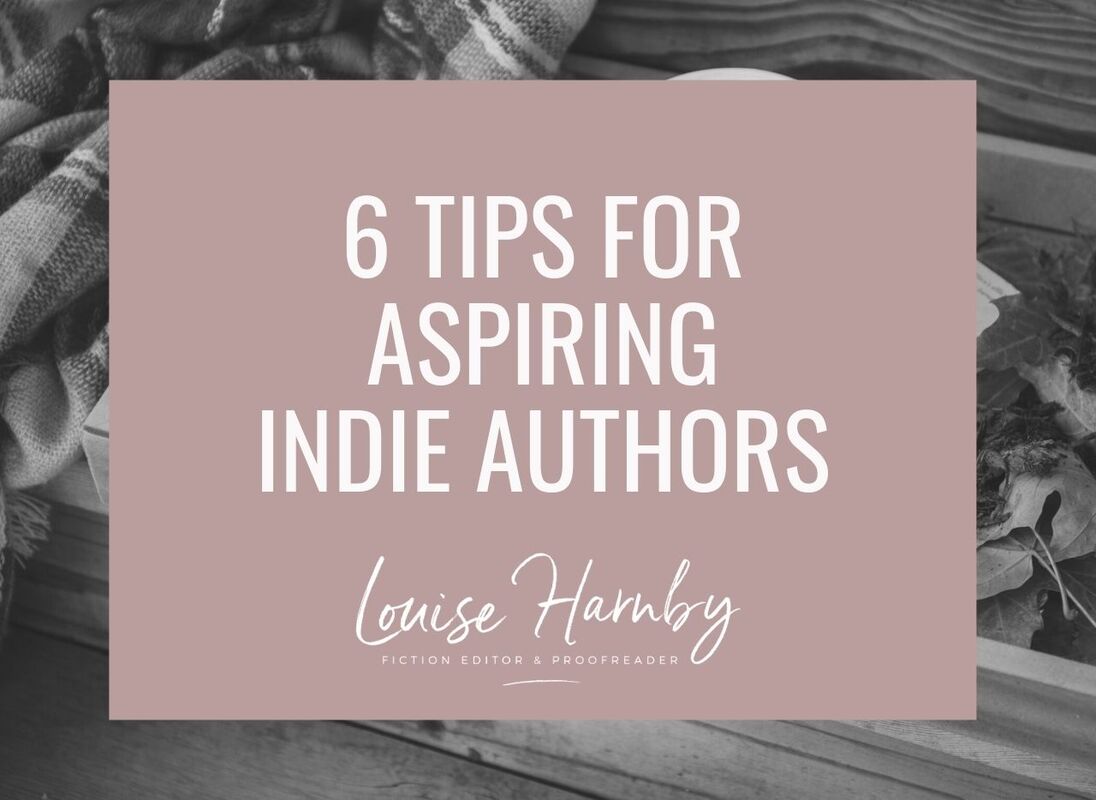
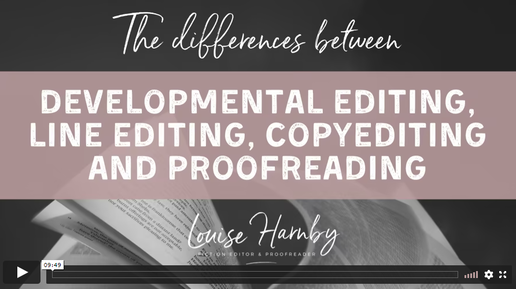
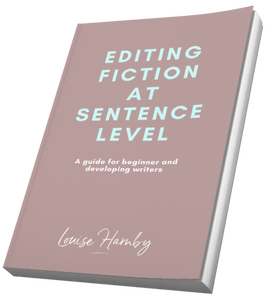
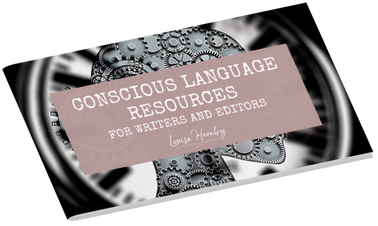













 RSS Feed
RSS Feed





